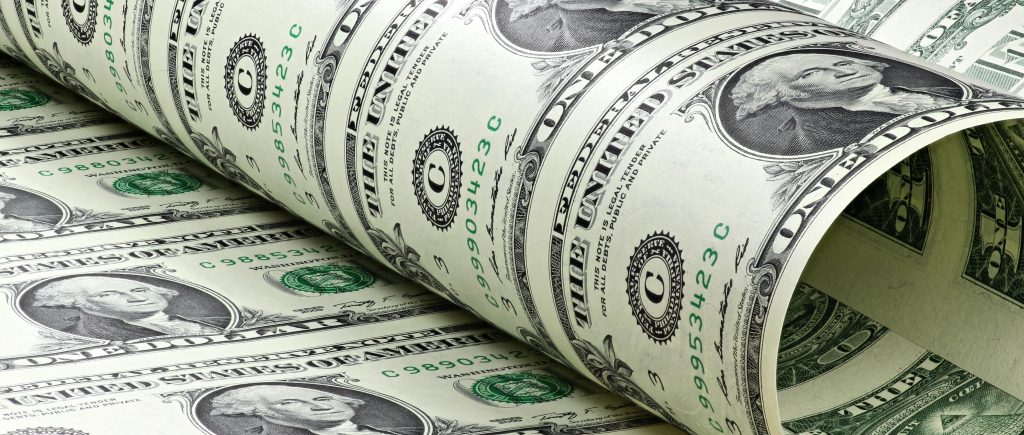The Dollar’s Dramatic Flip: Global Crises Put US Currency on Edge
The US Dollar recently experienced a sharp, whiplash moment. After flexing its muscles for five days, seemingly emboldened by the central bank’s tough talk, that strength vanished immediately when new economic figures suggested a slowdown. This sudden reversal—a five-day “party” followed by an instant “hangover”—is the result of synchronized flashing yellow lights from the world’s two largest economies, creating deep anxiety for the currency that dominates global trade.
Central Bank’s Tough Talk Fails to Stick
The nation’s top monetary authority recently delivered a clear, defiant message to financial markets: the bar for cutting interest rates this year is extremely high. The signal was that with even just one or two more positive employment reports, rates would comfortably remain elevated. Yet, the conviction of that statement dissolved on the release of a single, softer-than-expected private employment report. Instead of carefully assessing the data, investors panicked, aggressively adjusting their forecasts to price in significant rate cuts early next year. The same participants who had accepted the “higher for longer” narrative are now terrified that the global economy is braking faster than policymakers are willing to admit. With official data facing delays, every new piece of private information is being treated as undeniable proof of a worldwide deceleration.
A Surge of Goods Threatens Europe
The global alarm bell rang even louder with news of a sharp 6.3% year-on-year drop in Chinese exports—the worst collapse since the depths of the early pandemic. The window for aggressively shipping goods ahead of potential trade policy changes is closing, leaving one of the world’s major manufacturing hubs with a difficult choice: risk internal economic issues by letting factories sit idle, or flood global markets with massive amounts of surplus product. The rational choice is to export, and the likely destination for this overflow is Europe. This dynamic actually strengthened the euro briefly, as traders recognized that the continent is about to become the world’s discount warehouse. A deluge of inexpensive goods, from basic materials to high-tech components, will likely land on European shores. This influx will put severe pressure on manufacturers there, potentially forcing the European central bank to adopt a more cautious, less aggressive monetary policy. Ironically, the US Dollar benefits simply by watching its main currency rival weaken from pain inflicted by a third party.
The Silent Threat from the East
While the market is fixated on the major central bank’s next move, another powerful player in Asia has quietly positioned itself to surprise the world. With rising inflation and an uptick in wages after decades of stagnation, this country’s central bank is the only major one still holding rates near zero. A single, well-timed interest rate hike in the new year could rapidly undo the long-established “carry trade,” where borrowed low-cost currency funds investments elsewhere. Traditionally, nervous capital rushes to safe US assets, but in the current environment, much of it is now flowing into that Asian currency instead. The dollar’s overall value is currently locked in a narrow range. Whether the US currency can break out of this deadlock will depend significantly on the future path taken by its counterpart in the East.
Navigating an Unstable World
The Dollar remains dominant, but its current strength is less a sign of robust US health and more a reflection of everyone else’s troubles. When the world’s most crucial economic relationships—trade between the two largest economies and US monetary policy—are highly unstable, investors must remain agile. The market is currently paralyzed by distinct anxieties: uncertainty in Washington, the manufacturing overload in Asia, and the uncertain waiting game in Tokyo. For those managing money, the key strategy is to maintain a high level of liquidity and keep risk exposure low. The dollar may be king, but even a monarch begins to look for the nearest exit when his closest allies are simultaneously in crisis.
 Noor Trends News, Technical Analysis, Educational Tools and Recommendations
Noor Trends News, Technical Analysis, Educational Tools and Recommendations





